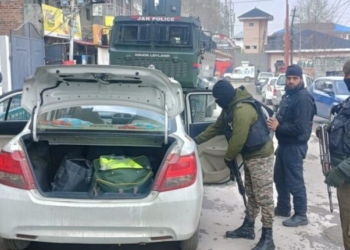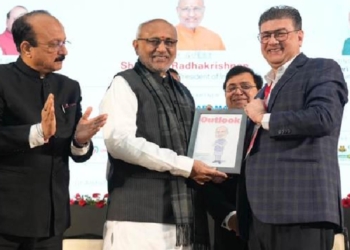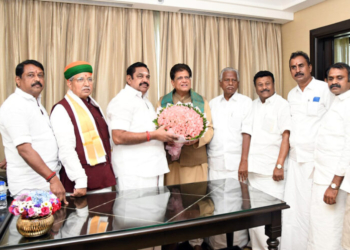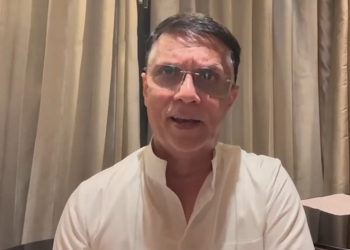Mumbai: From the year 2011 onwards, when the National Investigation Agency (NIA) took over the Malegaon blast case, serious lacunae were found in the previous investigation. On Thursday, the court acquitted all seven accused, including Sadhvi Pragya Thakur and Lieutenant Colonel Shrikant Purohit, after a long-winding trial that began nearly 15 years ago.
The 2008 Malegaon blast became a major controversy during its investigation, as it led to the emergence of terms like ‘Hindu terror’ or ‘Saffron terror’ in the Indian political and media discourse.
It also went on to become a major political slugfest, and many in the media had painted Sadhvi Pragya and Lieutenant Colonel Purohit as the so-called faces of Hindu terror.
On July 31, the NIA court, while delivering its verdict, held that mere suspicion could not carry the weight of a conviction. It also noted that there was no evidence to prove that Purohit had procured the RDX or assembled the bomb.
The court further said that Thakur was not the owner of the motorcycle that was used in the blast.
The Maharashtra ATS probed the case at first, but it was handed over to the NIA in the year 2011. The NIA found serious lapses in the probe by the ATS. As the investigations progressed, the NIA dropped charges under MCOCA, while stating that confessions recorded under this law are inadmissible.
The NIA probe also learnt that the motorcycle that was registered in the name of Pragya had been with another accused well before the blast took place. A lot began to change when the Bombay High Court granted Pragya bail, citing a lack of evidence.
In the same year, the Supreme Court released Lt Col Purohit. In 2018, the NIA court framed fresh charges. However, as the trial took place, 300 witnesses were examined, and many turned hostile. This further weakened the case of the prosecution.
Following the blast, the Maharashtra ATS, led by Hemant Karkare, said that the motorcycle used in the attack belonged to Pragya Thakur. The bike’s registration number was fake, and its engine and chassis numbers had been filed off.
However, the forensics lab restored the erased identity of the bike and linked it back to Pragya. The ATS then went on to link Lt. Col. Purohit to a little-known or unknown organisation known as Abhinav Bharat.
The ATS then went on to claim that the group had conspired to target Muslims and went on to charge the accused under various sections of the IPC, UAPA, and MCOCA.
In a mammoth charge sheet that ran into over 4,000 pages, the ATS said that the Abhinav Bharat was an organised crime syndicate. It was for the first time that investigators spoke about right-wing Hindus as perpetrators of terror. This led to more debate about who may have carried out the blasts at the Mecca Masjid in Hyderabad, and also the Samjautha blasts.
Some had even tried to spread the narrative that the same group may have played a hand in the Mumbai 26/11 attacks.
In August 2010, then Home Minister, P. Chidambaram, told the Intelligence officials that saffron terror was a phenomenon that had been implicated in several bombings. His successor, Sushil Kumar Shinde, three years later, declared that the RSS and BJP are running terror training camps.
This issue even caught the attention of the international community. In 2010, WikiLeaks made public a secret communication to Washington by the then-Ambassador to India, Timothy Roemer. He spoke about a July 20, 2009, conversation with Congress leader Rahul Gandhi. He detailed how Rahul Gandhi had told him that radicalised Hindu groups were a bigger danger than Islamist terrorist groups like the Lashkar-e-Taiba.
Even the then National Security Advisor M.K. Narayanan spoke about Hindu extremist groups with the FBI director Robert Mueller.
Earlier on Wednesday, Union Home Minister Amit Shah said in the Rajya Sabha that he is proud to declare to the world and the people of India that a Hindu can never be a terrorist. The NIA court finally called out the Congress bogey of Hindu terror or saffron terror on Thursday. The case was a controversial one since day one.
One of the first proponents of the term Hindu terror was Congress leader Digvijaya Singh, who called the RSS a bomb making factory. These statements led to a political slugfest and changed the narrative relating to terrorism in India.
(IANS)
















